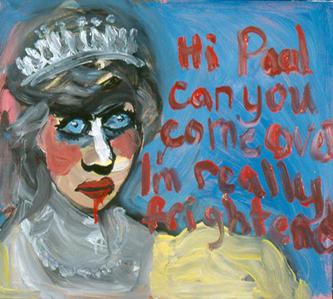john
Well-known member
- Messages
- 1,190
Well again I refer to the much hated Stella Vine Princess Diana painting. Craftsmanship was not that important, ( although I argue that there more there than meets the eye). It is the idea that makes it good art. The emotional jolt. The concept.
Oh come on; that painting was a piece of crap. If I want crap Art I'd stick with Manzoni... whose can o' crap was almost better.
How are you judging it? Certainly not by NY conceptual art criteria.
Hey, it invokes an emotional response from you, so it's good art.




